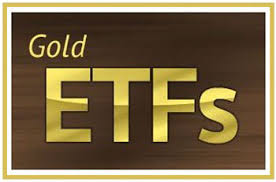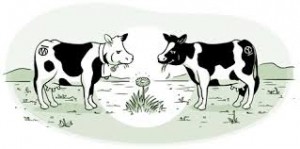Exchange Traded Funds (ETFs) are mutual fund units which investors buy/ sell from the stock exchange, as against a normal mutual fund unit, where the investor buys / sells through a distributor or directly from the AMC.
Practically any asset class can be used to create ETFs. Globally there are ETFs on Silver, Gold, Indices (SPDRs, Cubes, etc), etc. In India, we have ETFs on Gold, Indices such as Nifty, Bank Nifty etc. Traditionally, Indians are known to be big buyers of Gold; an age-old tradition. G-ETFs can be said to be a new age product, designed to suit our traditional requirements. We buy Gold, among other things for children’s marriages, for gifting during ceremonies etc. Holding physical Gold can have its’ disadvantages:
- Fear of theft
- Payment Wealth Tax
- No surety of quality
- Changes in fashion and trends
- Locker costs
- Lesser realisation on remoulding of ornaments
G-ETFs score over all these disadvantages, while at the same time retaining the inherent advantages of Gold investing.
In case of Gold ETFs, investors buy Units, which are backed by Gold. Thus, every time an investor buys 1 unit of G-ETFs, it is similar to an equivalent quantity of Gold being earmarked for him somewhere. Thus his units are ‘as good as Gold’
Secondly, all these years, the investor need not worry about theft, locker charges, quality of Gold or changes in fashion as he would be holding Gold in paper form. As and when the investor needs the Gold, he may sell the Units in the market and realise an amount equivalent to his holdings at the then prevailing rate of Gold ETF. This money can be used to buy physical gold and make ornaments as per the prevailing trends. The investor may also simply transfer the units to his child’s demat account as well! Lastly, the investor will not have to pay any wealth tax on his holdings. There maybe other taxes, expenses to be borne from time to time, which the investor needs to bear in mind while buying / selling G-ETFs.
The G-ETF is designed as an open-ended scheme. Investors can buy/ sell units any time at then prevailing market price. This is an important point of differentiation of ETFs from similar open-ended funds. In case of ETFs, investors can buy (or sell) units at a price which is prevailing at that point of time during market hours. Thus for all investors of open-ended schemes, on any given day their buying (or redemption) price will be same, whereas for ETF investors, the prices will vary for each, depending upon when they bought (or sold) units on that day. When required, the investor can pay Portfolio Deposit and/ or Cash Component and get Creation Units in return. .
Click here for government certification in Accounting, Banking & Finance





12 Comments. Leave new
Nice job!!
Nice and well explained
Very nice!
As taught to the world but understood by some, gold has a high risk and very low returns. It’s a well crafted article.
Well codified;);)
great effort!
Very informative
Great article ! 🙂
Nice one,
nice article
Good article
Nice article